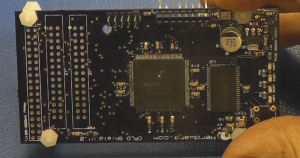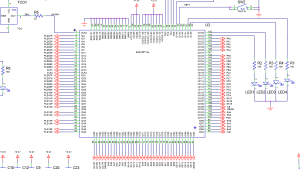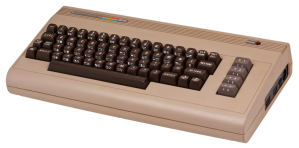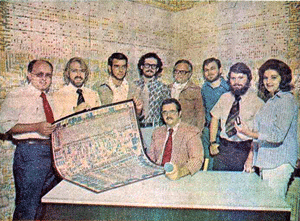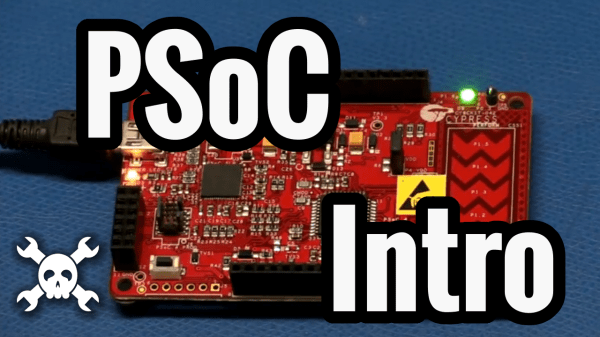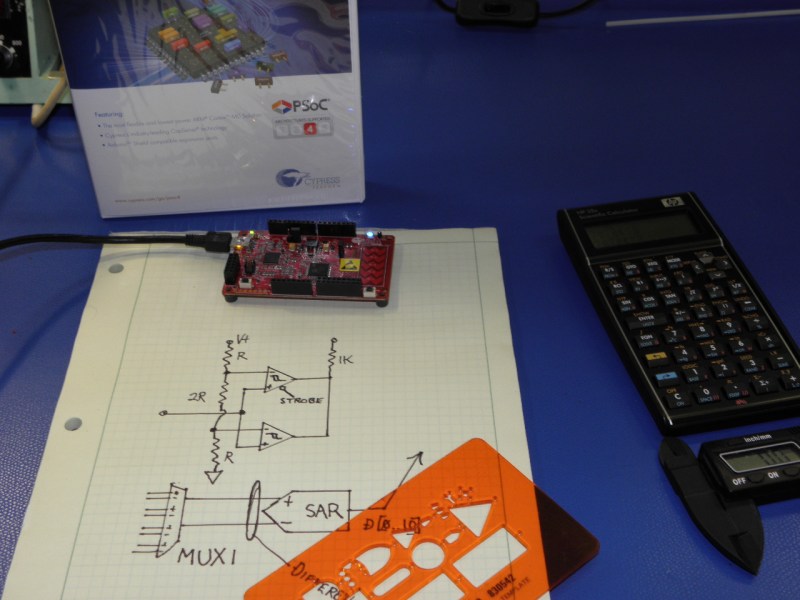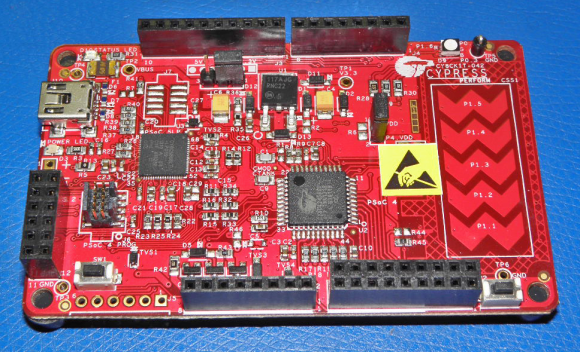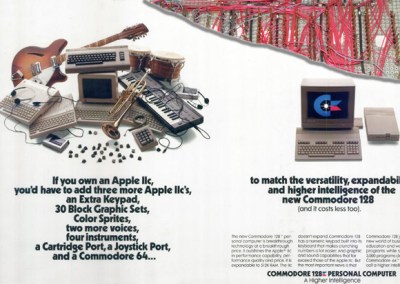 I suppose I can take credit for introducing the super awesome [Fran Blanche] to Hackaday’s very own crotchety old man and Commodore refugee [Bil Herd]. I therefore take complete responsibility for [Fran] and [Bil]’s Dinosaur Den, the new YouTube series they’re working on.
I suppose I can take credit for introducing the super awesome [Fran Blanche] to Hackaday’s very own crotchety old man and Commodore refugee [Bil Herd]. I therefore take complete responsibility for [Fran] and [Bil]’s Dinosaur Den, the new YouTube series they’re working on.
The highlight of this week’s episode is a very vintage Rubicon mirror galvanometer. This was one of the first ways to accurately measure voltage, and works kind of like a normal panel meter on steroids. In your bone stock panel meter, a small coil moves a needle to display whatever you’re measuring. In a mirror galvanometer, a coil twists a wire that is connected to a mirror. By shining a light on this mirror and having the reflected beam bounce around several other mirrors, the angle of the mirror controlled by the coil is greatly exaggerated, making for a very, very accurate measurement. It’s so sensitive the output of a lemon battery is off the scale, all from a time earlier than the two dinosaurs showing this tech off. Neat stuff.
One last thing. Because [Bil] and [Fran] are far too proud to sink to the level of so many YouTube channels, here’s the requisite, “like comment and subscribe” pitch you won’t hear them say. Oh, [Bil] knows the audio is screwed up in places. Be sure to comment on that.


